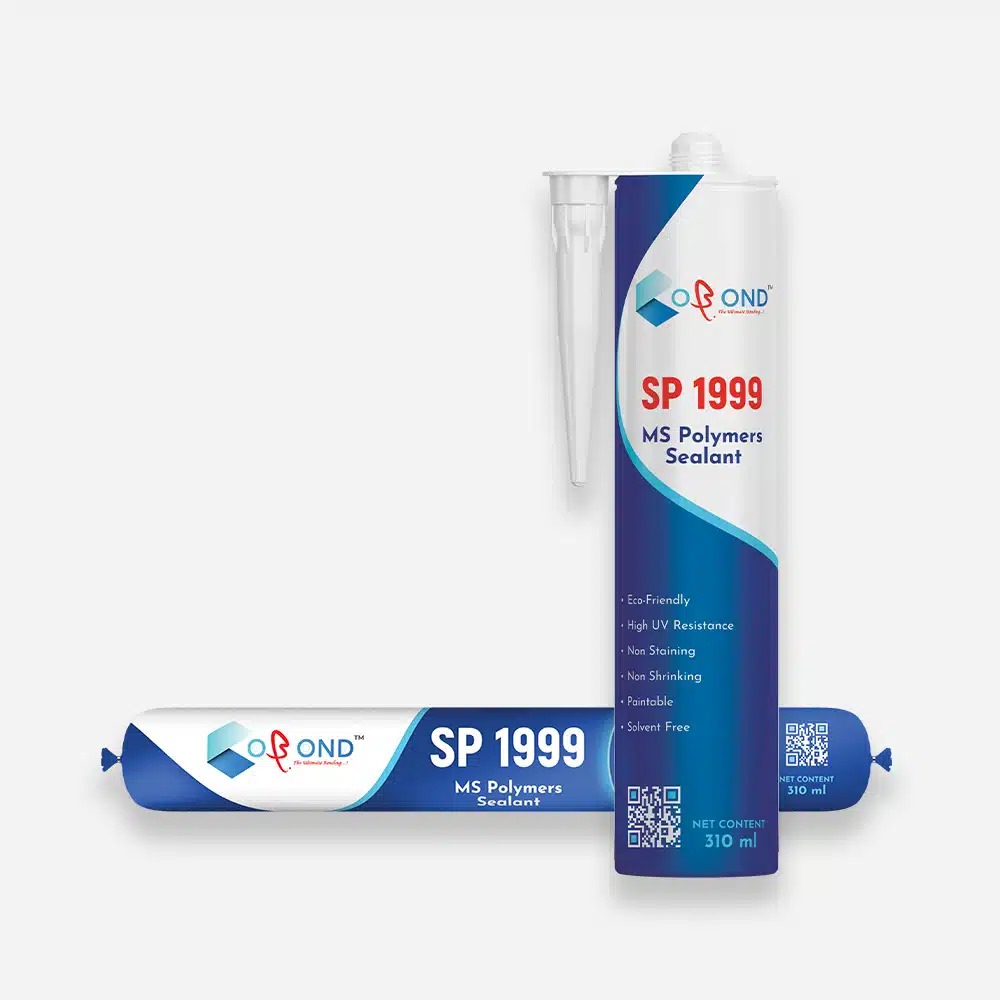Subtotal $0.00
Shopping cart
Subscribe to out newsletter today to receive latest news administrate cost effective for tactical data.
KPHB 6th Phase, Hitech City – JNTU Road, Kukkatpally, Hyderabad-500072
Contact Us
+91 9600 300448
Monday - Friday
Subscribe to out newsletter today to receive latest news administrate cost effective for tactical data.
KPHB 6th Phase, Hitech City – JNTU Road, Kukkatpally, Hyderabad-500072
Contact Us
Monday - Friday
MS Polymer is a one-component adhesive that is moisture-cured, meaning it hardens when it comes into contact with atmospheric moisture.
It is commonly used as a sealant in construction, automotive, and marine industries due to its high elasticity, weather resistance, and durability. Compared to traditional polyurethane and silicone adhesives, MS Polymer has several advantages such as lower VOC emissions, excellent adhesion to various surfaces including metal, plastic, and glass, and good resistance to UV radiation, heat, and chemicals. It also has a low odor and does not contain solvents, making it environmentally friendly. Overall, MS Polymer is a versatile adhesive and sealant that can be used in a wide range of applications where strong, flexible, and long-lasting bonds are required.
Some main features that are integrated with this technology are

Sealants are versatile materials that provide an important solution for sealing, bonding, and filling gaps in various materials and structures, ensuring the integrity and longevity of buildings, vehicles, and other applications.
Sealants are materials used to seal or bond surfaces together, filling gaps or joints to prevent the passage of air, water, dust, or other substances. They are commonly used in construction, automotive, aerospace, and other industries to create a watertight, airtight, or dustproof seal, to provide insulation or fire resistance, or to bond materials together.
Sealants can be made from various materials, including silicone, polyurethane, acrylic, and rubber. They can be applied as a liquid, paste, or tape, and can be cured by exposure to air, heat, or moisture.
Sealants are known for their ability to provide a flexible and durable bond, even under extreme conditions, such as high temperatures, vibrations, or exposure to chemicals. They can be used in a variety of applications, such as sealing windows and doors, bonding metal, and plastic parts, sealing roofing and flooring, and even in medical and dental applications.
In various construction applications gaps are formed due to use of dissimilar materials. Example Masonry finish is different to that of window and door materials. The gaps thus formed need to be filled and sealed to restrict water dust, air etc. into interiors. Similarly, kitchen sinks are fixed to granite slabs. Wall joint of wash basins, glass partitions when fixed to wall. Etc.,
In the absence of sealants following complications may arise:
WhatsApp us